Have You Heard of the Pink Tax? If Not, Prepare to Be Outraged.

It's a sad fact: Even in 2019, women are at an economic disadvantage compared to men.
For example, women are consistently paid less than men for the same work. Currently, women make 80.5 cents for every dollar a man earns, a gender wage gap of 20 percent. For women of color, the gap is even wider.
Women are also often charged a higher interest rate for mortgage loans, despite their consistently higher credit ratings.
Plus, the United States is one of only two countries that doesn't mandate paid maternity leave. According to a report from the National Partnership for Women & Families, "a woman’s income loss during pregnancy or parental leave can have significant and even devastating consequences for her family."
Women also have to deal with the pink tax.
What Is the Pink Tax?
The pink tax is the extra amount that women pay for everyday products like razors, shampoo, haircuts, clothes, dry cleaning, and more. This “tax” applies to items that span a woman’s entire life, from girls toys and school uniforms to canes, braces, and adult diapers.
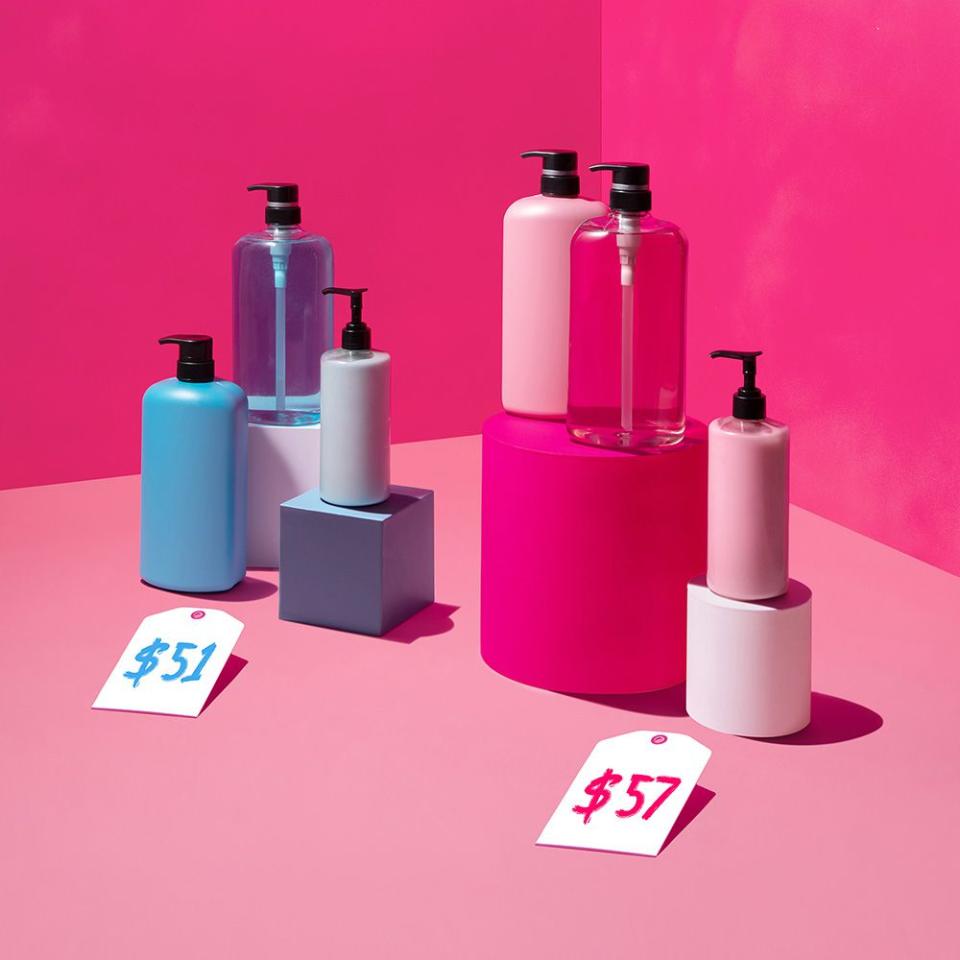
The prices on individual products may not seem that different - say, $3.79 vs $3.99 for deodorant - but over time, these little increases can add up.
In fact, according to axthepinktax.com, the pink tax has cost a 30-year-old woman more than $40,000. A woman in her 60s will cough up nearly $82,000 in fees that men don’t have to pay. Currently no federal law prohibits companies from charging different prices for identical items based on gender.
One particularly controversial part of the pink tax is known as the tampon tax, a fee women are charged for feminine hygiene products. Almost all U.S. states exempt non-luxury necessities like groceries and prescriptions, but all but ten charge tax on tampons and feminine pads - despite their necessity for most women.
Social media hashtags such as #genderpricing, #pinktax, and #AxThePinkTax have brought attention to the issue of gender-based pricing.
i don’t usually like getting political but #axthepinktax pic.twitter.com/vUQetd90vv
- Isabel Berry Womack (@carrieisabel17) October 19, 2018
What are Some Examples of the Pink Tax?
A 2015 study of gender-based pricing in New York City found these examples. Retailers often take pains to keep similar products with different prices separated so it's not easy to notice the difference.
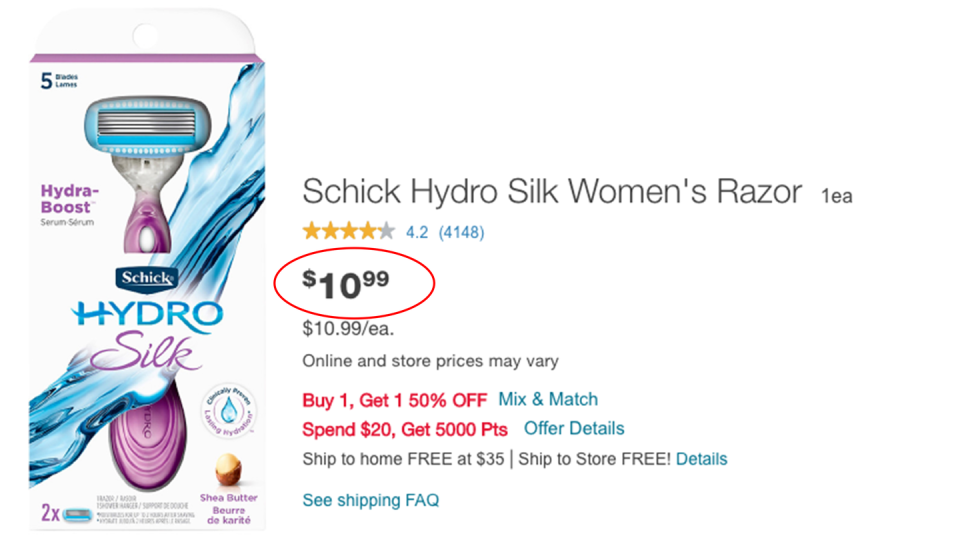
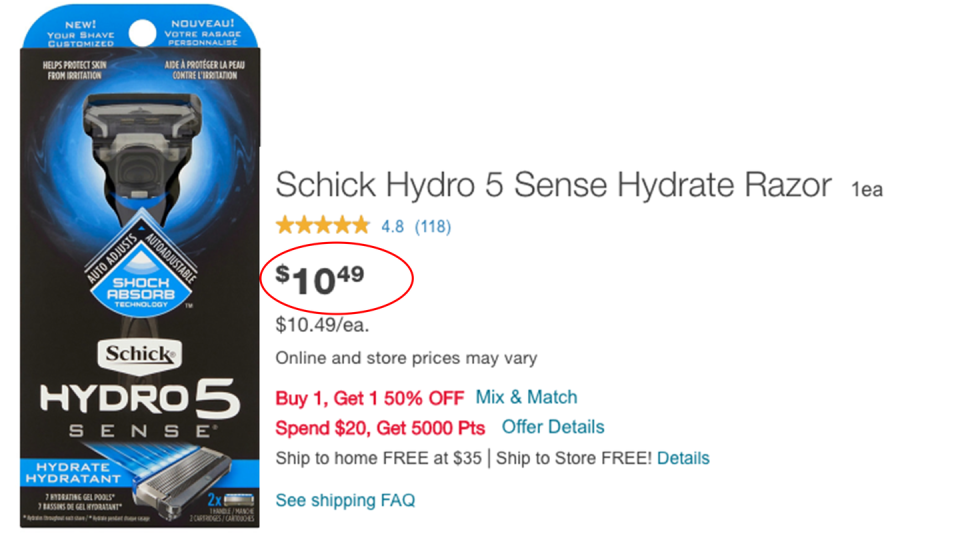
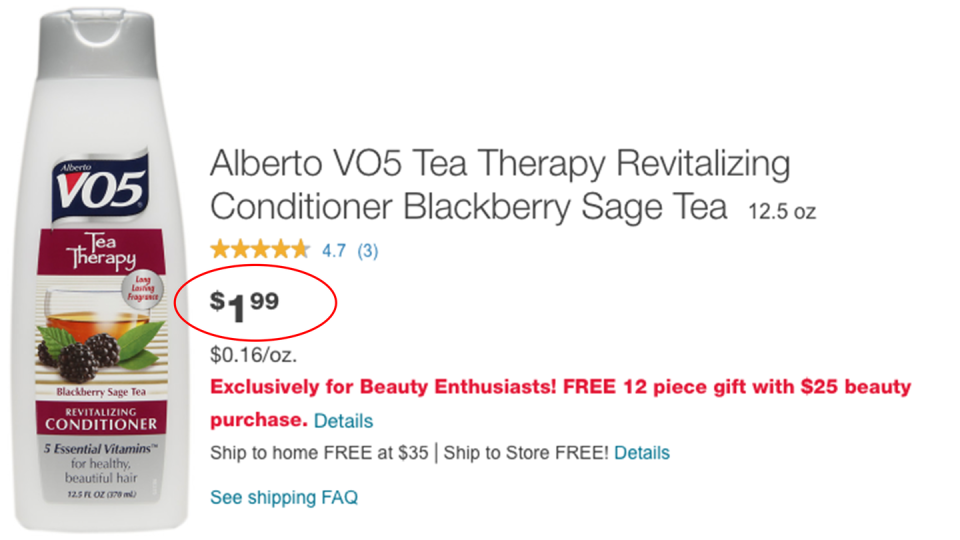
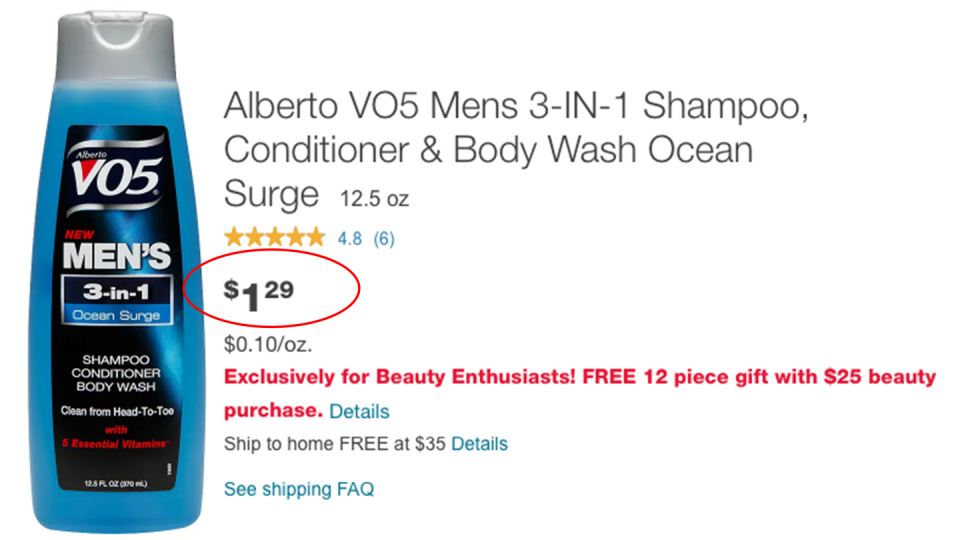
On average, the study found that women's products cost 7 percent more than similar products for men, including 13 percent more for personal care products, 8 percent more for adult clothing, and 8 percent more for senior/home health care products.
How Long Has the Pink Tax Existed?
Since at least the early 1990s - that's when California began to study the problem. A 1996 report from the state’s Assembly Office of Research found that 64 percent of the stores in five major California cities charged a higher price to wash and dry clean a woman’s blouse compared to a man’s button-up shirt. “[These were] blatant examples of price discrimination based upon gender,” Elise Thuraue, senior consultant to Assemblywoman Jackie Speier, D-San Mateo, told the Palo Alto Weekly.
Based on the results of the study, California passed the state-wide Gender Tax Repeal Act of 1995, which says, in part, that “No business establishment of any kind whatsoever may discriminate, with respect to the price charged for services of similar or like kind, against a person because of the person’s gender.”
In 2013, Speier was elected to the U.S. House of Representatives. Three years later, she introduced a similar nation-wide bill to Congress. She reintroduced the bill banning the pink tax in 2019, but no official action has been taken.
How Do I Avoid Paying the Pink Tax?
The easiest way to avoid the pink tax is to comparison shop when you can. Check out the “men’s” versions of razors, shampoo, and other personal care products. Browse men’s basics like t-shirts, button-up shirts and socks-chances are, you’ll pay less for products of similar, or better, quality.
Also be on the lookout for stores and companies that advertise that they’re “Pink Tax Free” or offer unisex services.
What Brands Actively Fight the Pink Tax?
In 2016, the online wholesale company Boxed adjusted the prices of some of its personal care products to account for the pink tax. "Our team took a hard look at some of the products offered on Boxed and realized that many female products cost significantly more than their male equivalents," Boxed CEO and founder Chieh Huang told PRNewsire. "This just didn't make sense to our team, and [...] we immediately decided this was an issue we wanted to help bring to the forefront and take action." The company even created a “pink tax free” section of its website, listing all of the products, from tampons to body wash, that are discounted to gender neutral prices.
Billie, a subscription razor company, offers a referral discount that it calls The Pink Tax Rebate. “On behalf of the razor companies out there,” the company says on its website, “We’re sorry you’ve been overpaying for pink razors. It’s time you got some money back.”
('You Might Also Like',)

